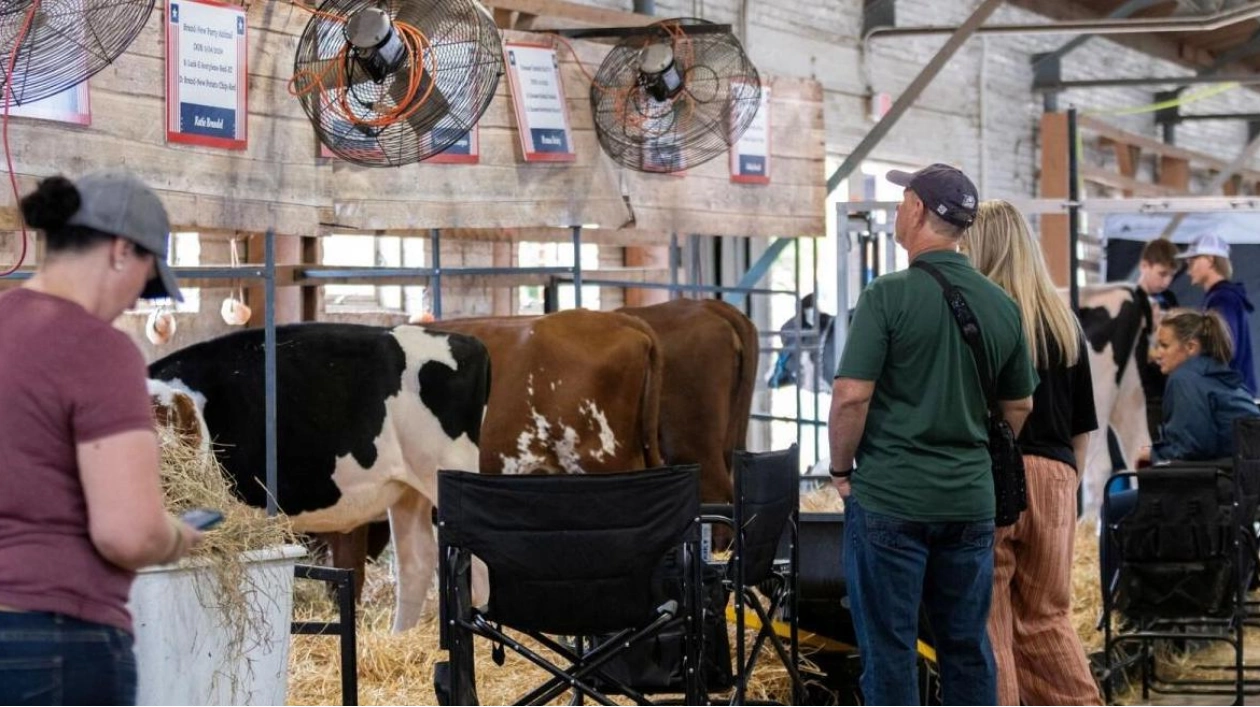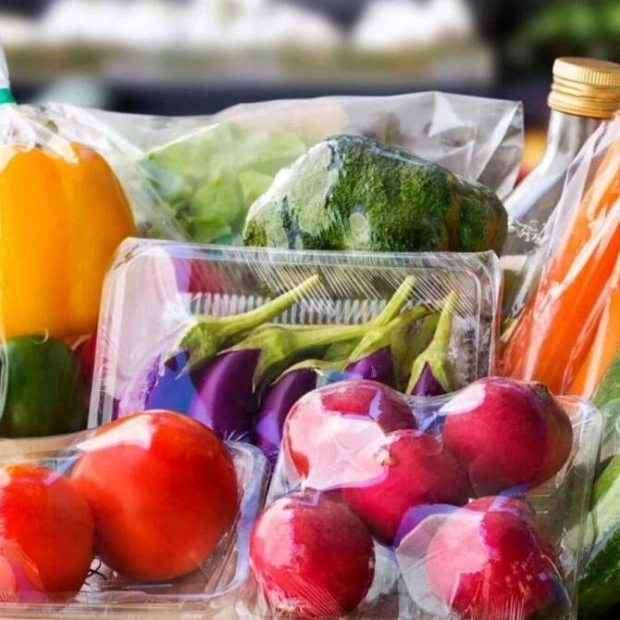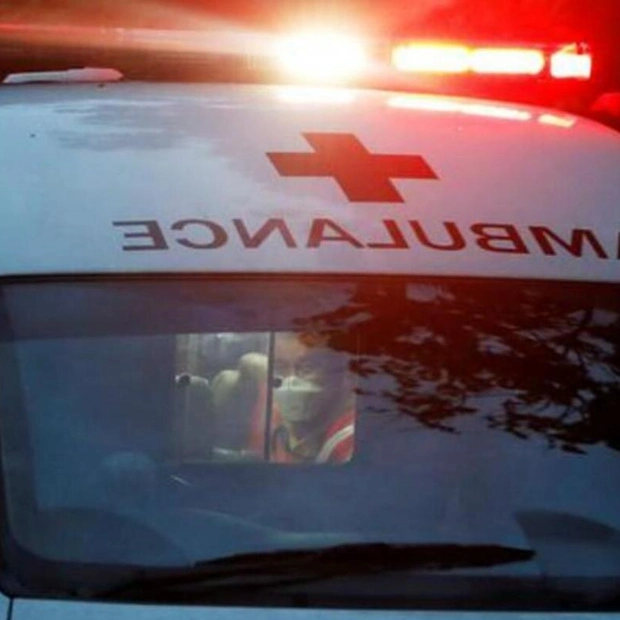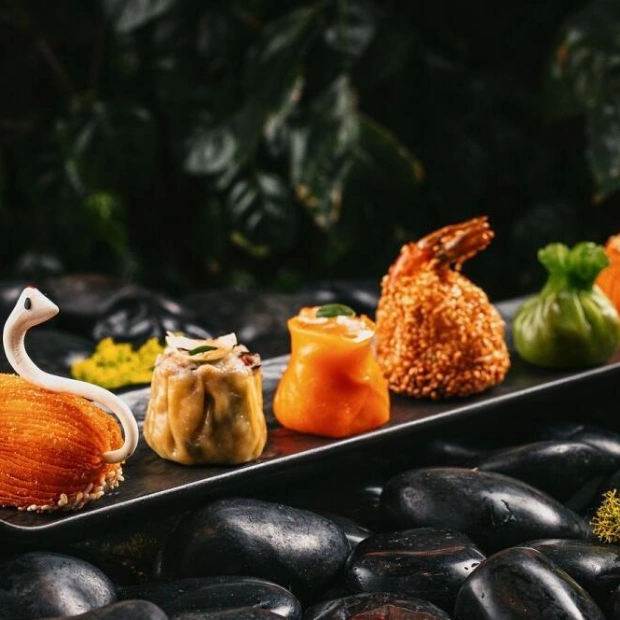In Michigan, where dairy workers and herds have been affected by bird flu, two unique fiberglass cows, Milkshake and Buttercup, are being prepared for the state fair. These life-sized models, equipped with rubber teats and water-filled udders, will participate in a popular milking demonstration. Similarly, the Minnesota State Fair introduced Olympia, a fake dairy cow, for its interactive milking event. "Normally, we'd have a real cow out there," explained Jill Nathe, the fair's deputy general manager of agriculture and competition, "but we can't do that right now."
As avian influenza spreads, affecting cattle herds and dairy workers for the first time this year, US state and county fair organizers have had to rethink traditional summer events. Farmers and students, keen on winning blue ribbons, face new testing rules and logistical challenges to ensure their animals are healthy before competitions. State and local officials are working to protect both people and animals from the H5N1 virus, with some dairy farmers opting not to test their herds. Experts are concerned that the virus could adapt to spread between humans.
The risk of viral spread has led to the cancellation of dairy shows at some Michigan county fairs and the closure of the milking barn at the Iowa State Fair. In Minnesota, fair staff have sourced additional gloves and face shields from COVID-era supplies for livestock handlers and kept pregnant dairy cows out of the birthing center. Several states, including Wisconsin, have mandated that lactating cattle test negative within seven days of arriving at the fairgrounds.
Wisconsin dairy farmer Rick "RT" Thompson had to coordinate closely with his veterinarian to ensure timely H5N1 test results for various fairs. His vet's wife personally delivered samples to a state lab in Madison to meet deadlines. "It's not a convenient thing," said Thompson, who has attended Wisconsin's state fair for 46 years. Michigan has banned lactating cows from public exhibitions until two months pass without an infected herd, missing the chance for 2024 after the last reported case on Monday.
At the Wisconsin State Fair, veterinarians inspected cattle upon arrival, a change from previous years. Jennifer and Bethany Droessler decided to keep a lactating cow at home due to the bird flu risk, opting to show other cattle at the event's Dairy Lane. "We'll aim for next year and hopefully it won't be an issue," said Jennifer Droessler. Over 190 dairy herds nationwide have been infected since March, with 13 farm workers testing positive after exposure to cows and poultry. The workers recovered, and the CDC considers H5N1 a low risk for the general public, advising against eating, drinking, or touching anything in animal areas at fairs.
Despite the CDC's guidelines, some fairgoers in Wisconsin, the second-largest milk producer and top cheese-making state, were unaware or unconcerned about the risks. Visitors enjoyed treats like taffy apples and cheese curds while observing cows at the fair. "I don't think it's a big risk," said O.E. Glieber, an 88-year-old visitor from Delafield, Wisconsin, who attended the fair with grandchildren. "The CDC overreacts with a lot of stuff."






